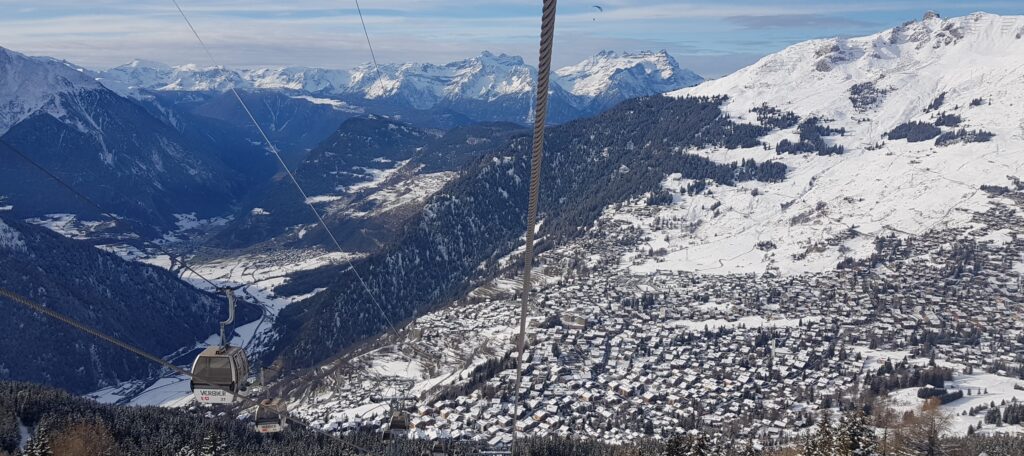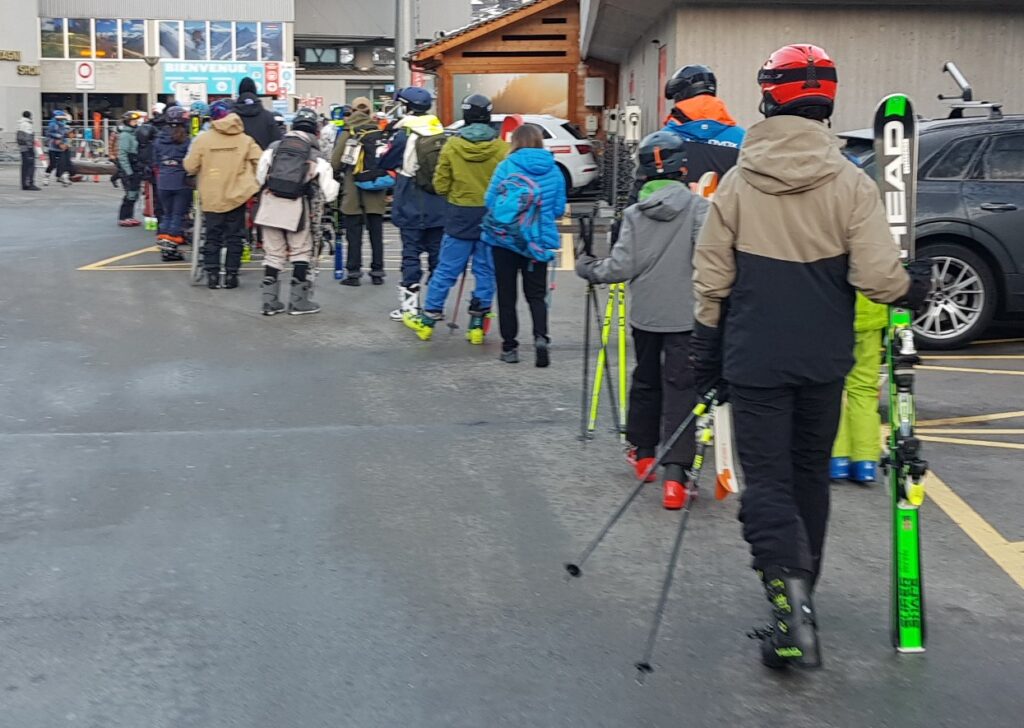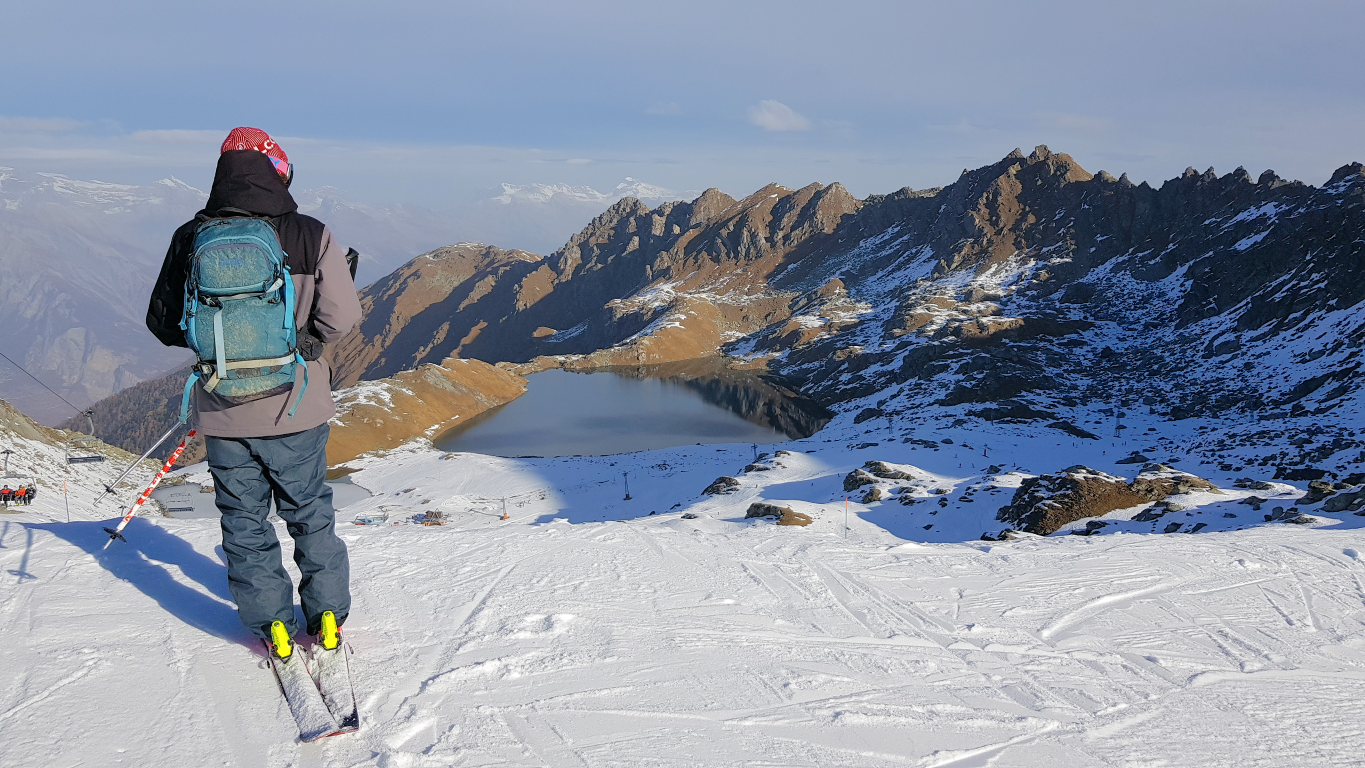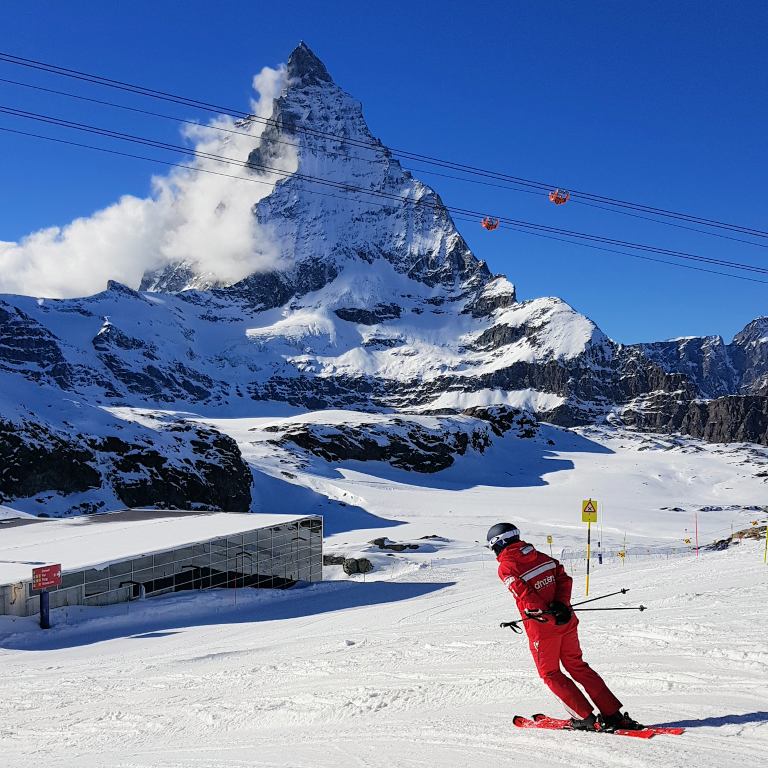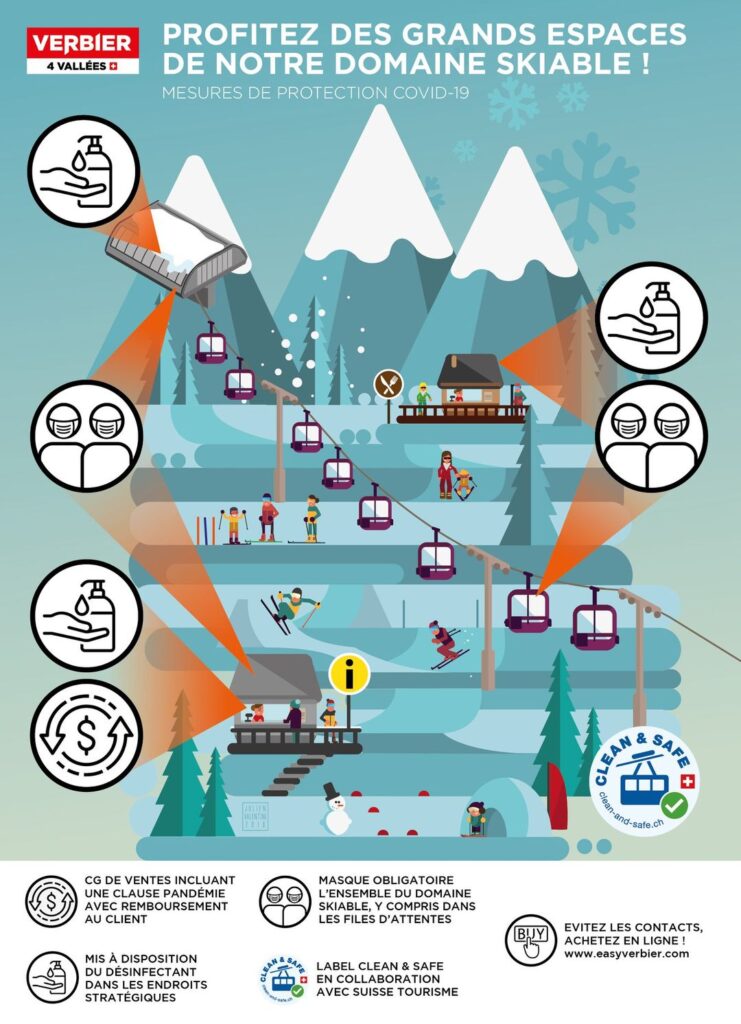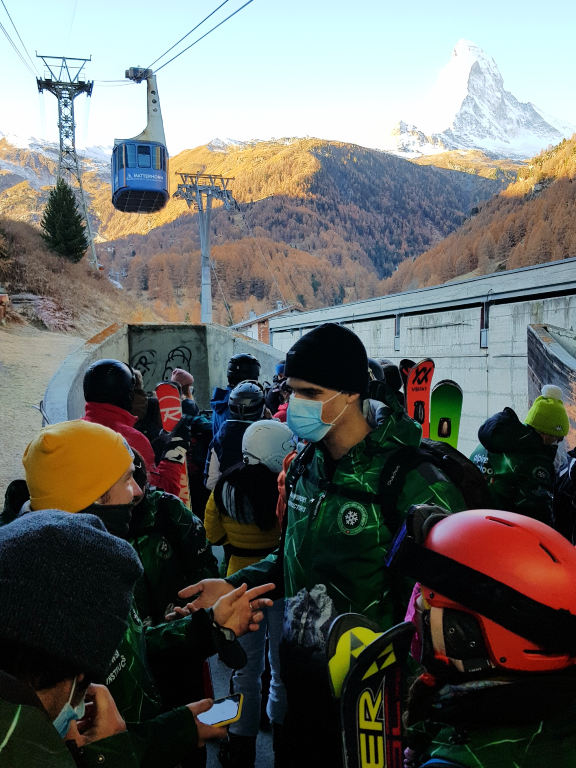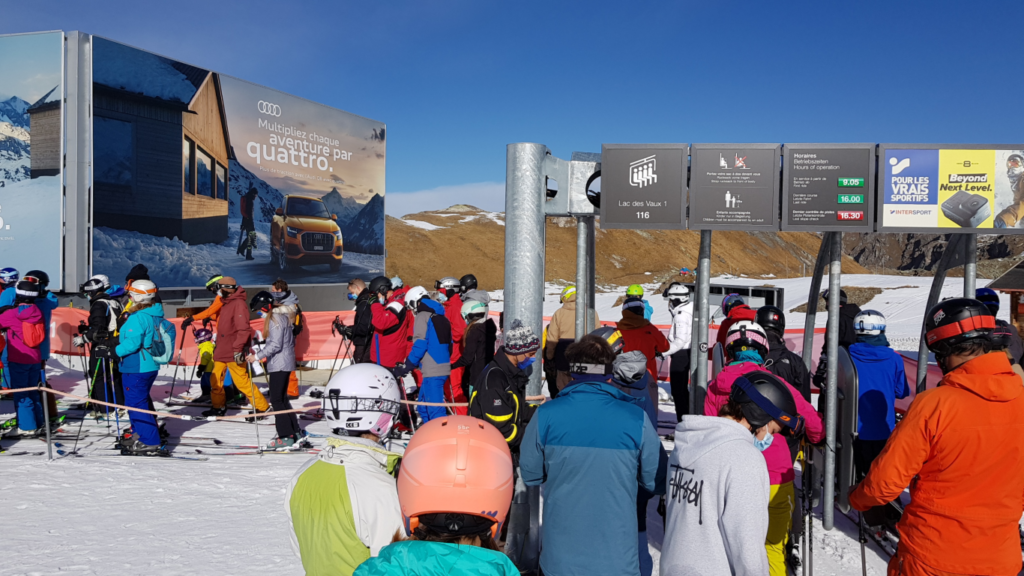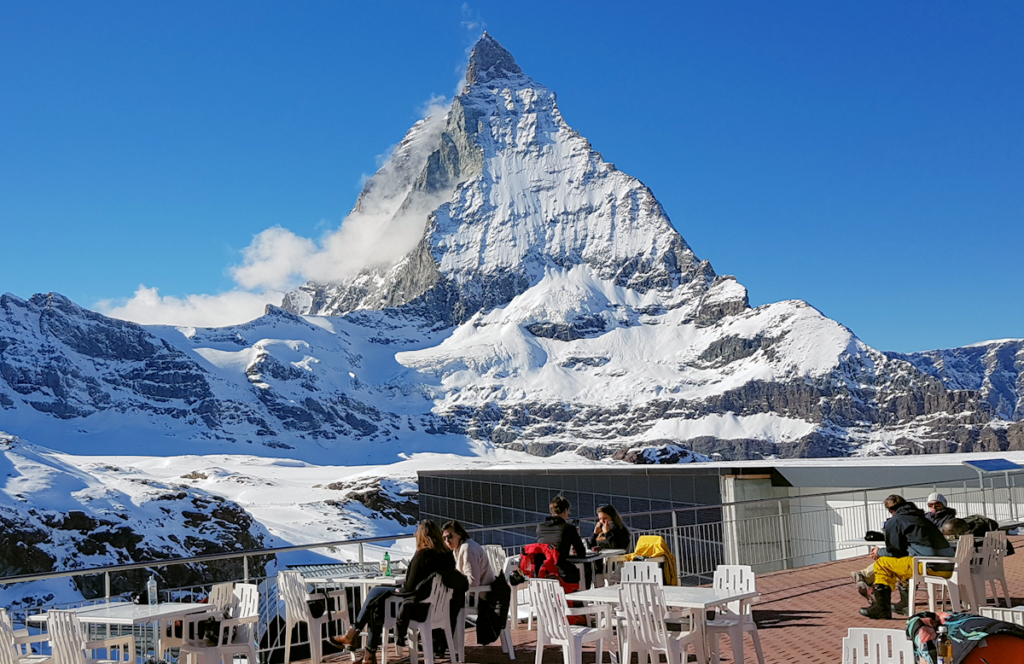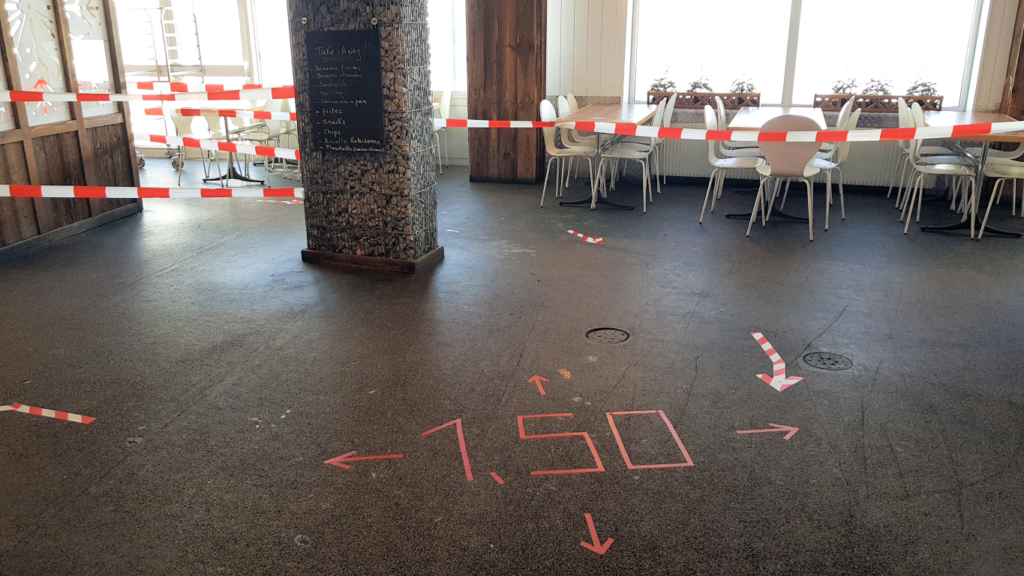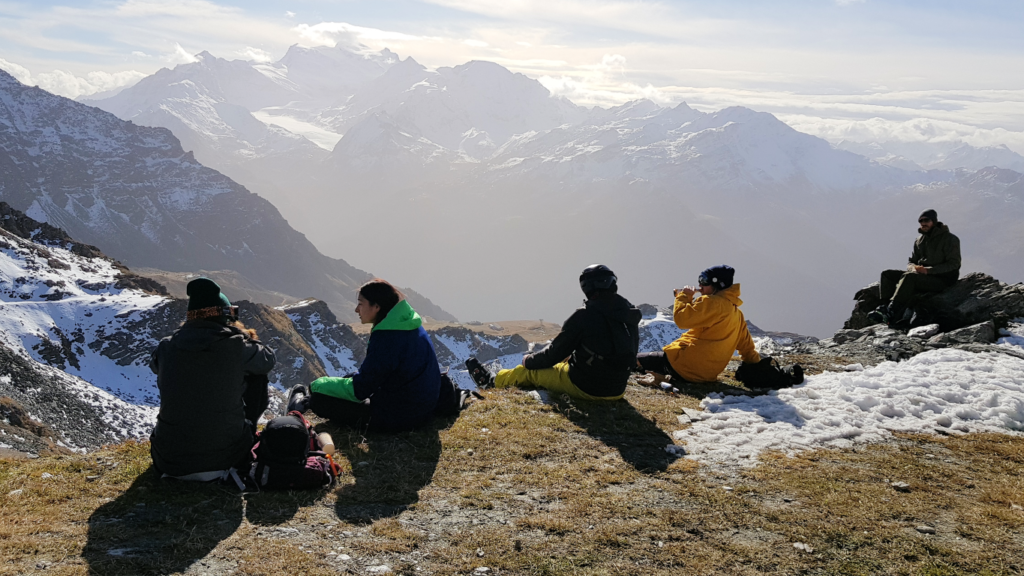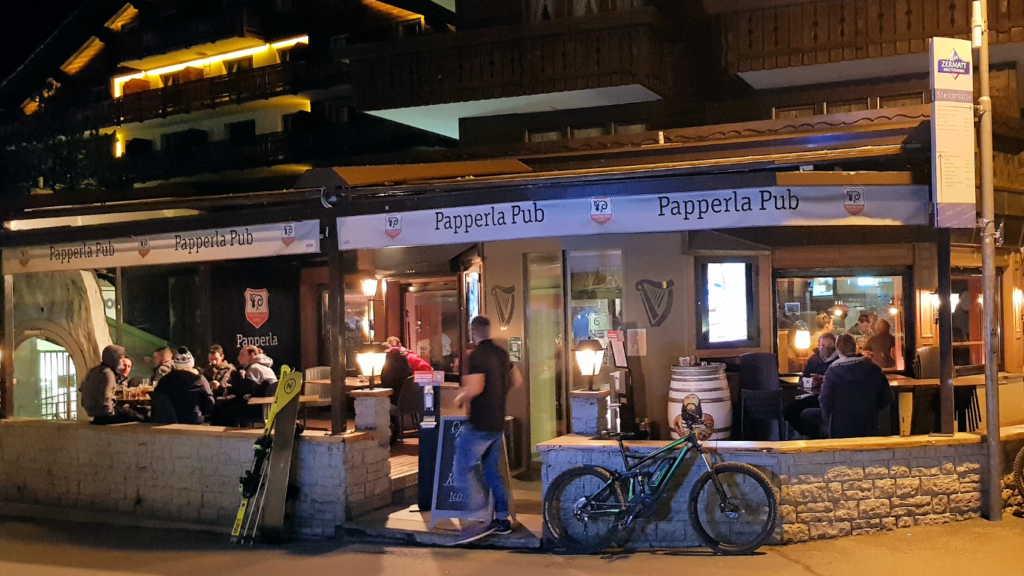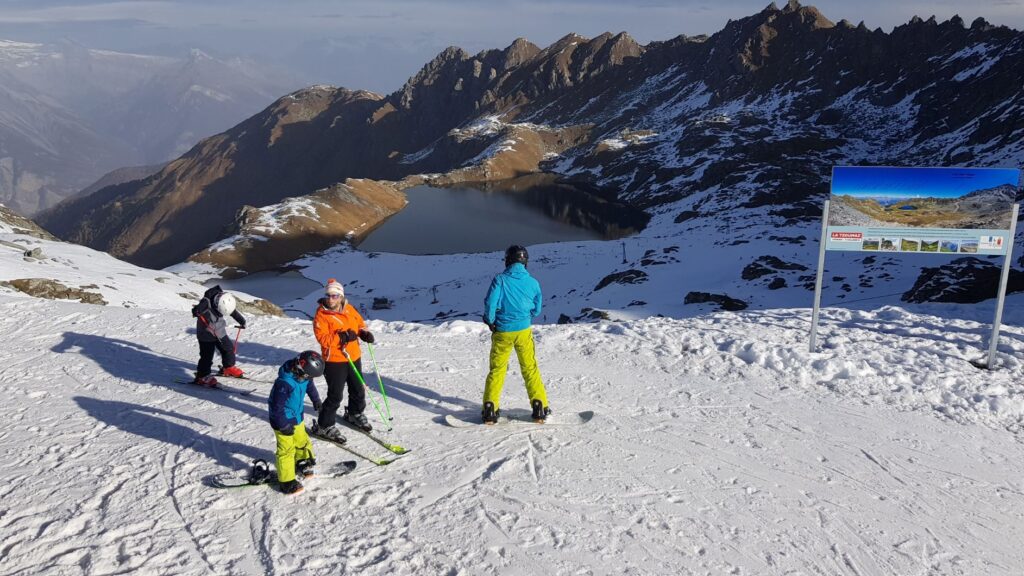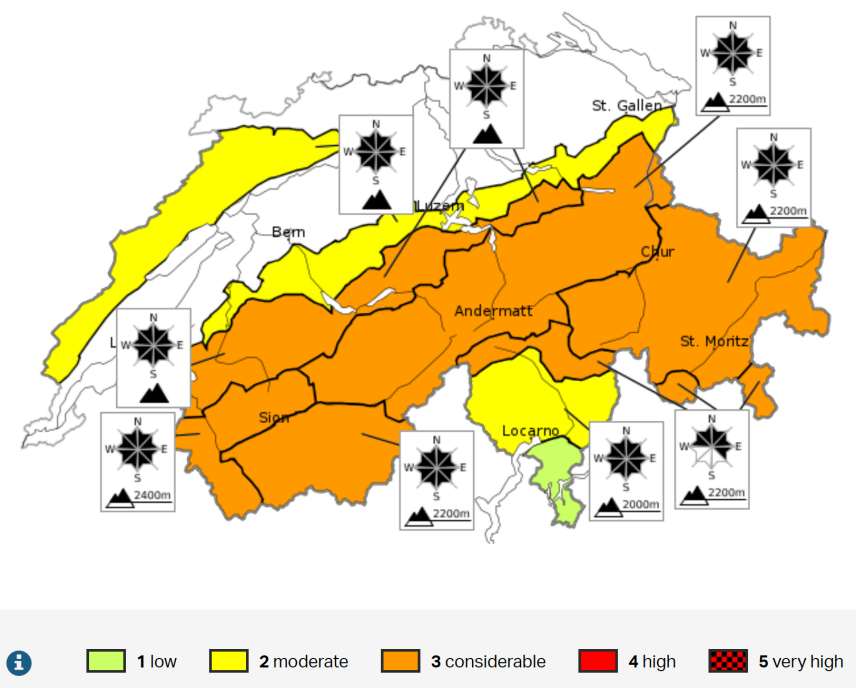
Although most ski lifts have remained open in Switzerland during the Covid pandemic, more skiers and snowboarders than ever are choosing to go back-country skiing. Inevitably this has led to a record number of avalanche fatalities, with the number of fatal incidents this season to date more than any previous season this century. The season average is 22 fatalities, whereas this year there have been 17 already – and notably that also represents 17 separate incidents.
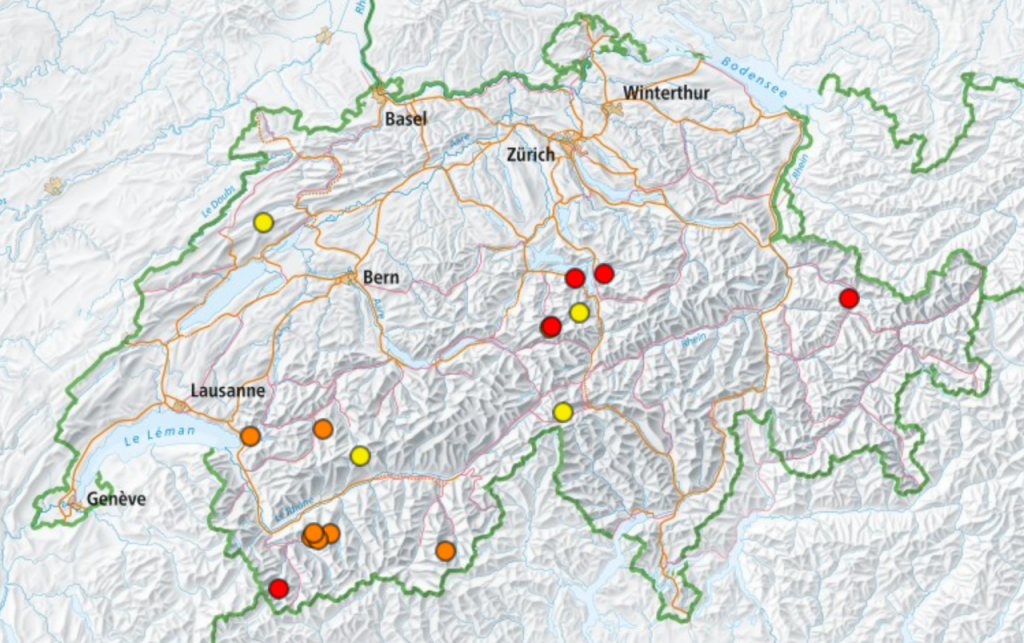
A handful of fatalities were from skiing off-piste, i.e. using lift-served unmarked routes, but the majority of the deaths in Switzerland have been back-country skiers and snowboarders. One would generally expect these people to be better prepared than those killed off-piste. Four of the back-country fatalities occurred when the avalanche risk was moderate. These include one in the Jura, the first avalanche fatality in this area that I am aware of in over 20 years.
One off-piste fatality of a British skier occurred below les Attelas in Verbier on 18th January when the avalanche risk was moderate. This is generally considered a ‘safe’ off-piste area, bounded as it is by lifts and groomed runs. As is usually the case, the unfortunate skier was not alone, and other people were also caught by the avalanche but survived.
Interestingly very few avalanche fatalities (3%) historically occur when the avalanche risk is high and none when the risk is very high. The majority of deaths occur when the avalanche risk is considered considerable (65%). For people going off-piste an even higher proportion of fatalities occur when the risk is considerable.
Not surprisingly the majority of fatalities occur in Grabunden and Valais since these cantons are most popular for back-country touring and off-piste. However this does not mean other areas are safe. To add to the fatality in the Jura, there was also a fatality this season in Rochers de Naye amongst a group of young skiers – this in a pre-Alpine ski resort above Montreux.
The message to me seems clear. If the risk of an avalanche is considered anything more than moderate even well-prepared back-country outings would be well advised to abandon their plans. However 30% of fatalities occur when the avalanche risk is moderate (and 2% when it is low), so the advice is to thoroughly plan back-country expeditions and off-piste runs even in these conditions.
It is worth adding that every year there are also fatalities amongst other winter sports enthusiasts, typically a couple of snowshoe walkers a year die in avalanches. Additionally over 90% of avalanche fatalities are triggered by the victims and their companions.
Switzerland has the most sophisticated avalanche-warning system in the world, largely due to the sheer scale of the detection capabilities the SLF (Institute for Snow and Avalanche research) has at it’s disposal. However risk to an individual skier or snowboarder needs to be augmented by an assessment of the specific conditions the skier or snowboarder finds themselves in. It is the case that even pisted, patrolled runs can be hit by avalanches.
Many back-country skiers are well-prepared for the risk of avalanches, but I believe even resort skiers should be aware of what contributes to avalanche risk, and inspect the terrain they ski through, on or off-piste.
My golden rules are PRICK:
- Plan. Decide in advance where you are going and what risk factors may apply. Discuss with your party in advance in which circumstances you would change your plan, e.g. because of a perceived avalanche risk. Ensure you know where you are going and discuss rendez-vous points. Make a note of distinctive features on your route so you can accurately communicate where you are if you need to.
- Risk Assess. Check the current avalanche risk assessment for where you are going. Be aware conditions may deteriorate during the day.
- Inspect. Before you set out make an assessment of where you are going, visually and taking advantage of local knowledge. Whilst out, look above and around you throughout your day for higher risk features – rocky outcrops and corniches, broken branches on the uphill side of trees and other evidence of previous avalanches, particularly steep (30-45%) or convex slopes…
- Choose. Choose your route according to the above factors. If in doubt choose the safest option. Don’t get drawn into the ‘incident pit’.
- Kit up. Have the right kit with you. For off-piste, having a working phone on you and RECCO reflectors is a minimum, but equipment required for back-country may also be appropriate for more challenging off-piste conditions. For back-country, tranceivers, probes, shovels and appropriate training are considered essential, and airbags are recommended.
For those not familiar with the RECCO system, it is a very small battery-free transponder, frequently found in ski clothing and backpacks but which can also be purchased separately and attached to helmets, boots or ski jackets. In most resorts rescue teams can detect the presence of a RECCO reflector within around 200m.

